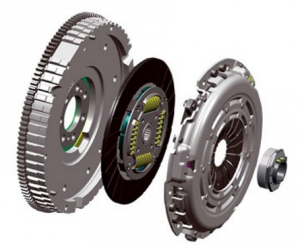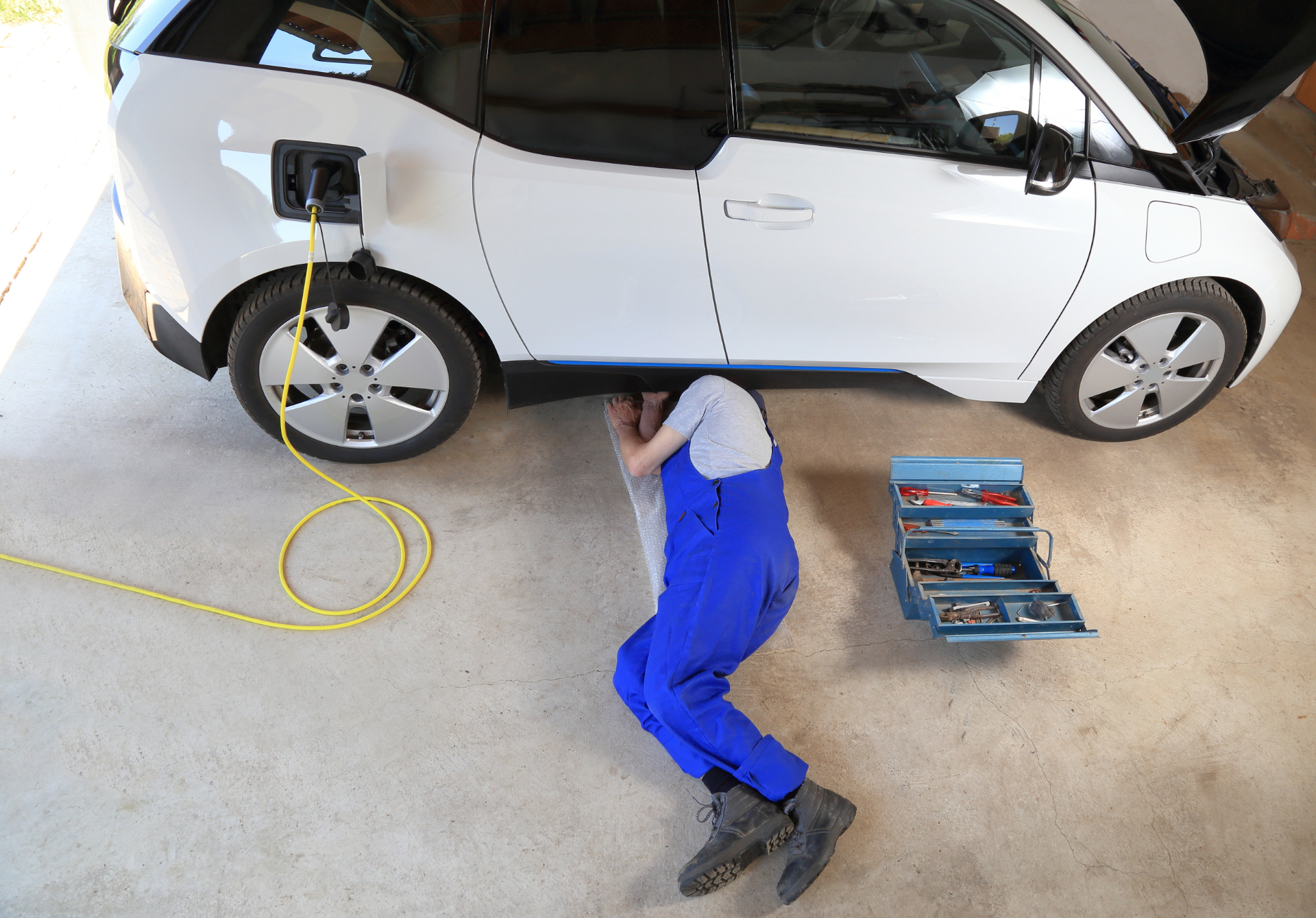 Our in-house adjudicators often receive contacts from consumers relating to the clutch on their vehicle which is considered to be a wear and tear component. But what does it do, and how does it work? Read on to find out more…
Our in-house adjudicators often receive contacts from consumers relating to the clutch on their vehicle which is considered to be a wear and tear component. But what does it do, and how does it work? Read on to find out more…
What is the clutch for?
The purpose of the clutch in a manual vehicle is to transmit the rotational power from the engine to the wheels. In simple terms, the clutch acts like a brake for the engine and slows it down so that the wheels can catch up.
How does the clutch work?
The clutch is essentially two metal plates in the engine. When the clutch pedal down is pressed down, the plates come apart, separating the engine from the wheels, and allowing you to change gear, whilst letting the engine turn at any speed. You do this when you come to a stop because the wheels are not moving and you want your engine to keep running.
Bringing the pedal back up re-engages the plates, which in turn connects the engine to the wheels, so that they move.
Why does it wear?
A clutch is a part that inevitably wears over time as the car is used, but how long it lasts i.e. 15,000 or 100,000 miles, depends on the way that a car is driven.
What can cause it to wear more quickly?
- “Riding the clutch” – this is when the clutch pedal is partially pressed down (i.e. you are resting your foot on the clutch pedal), after you have changed gear. This causes the pressure pad to push against the clutch plate, but because the pedal is not fully engaged, this creates the friction that will result in the wearing of the clutch.
- Keeping your foot on the clutch when stationary – for example, at a traffic light. Putting the clutch down or keeping it at the biting point puts a strain on it. Ideally, the car should be left in neutral with the handbrake on where necessary.
- Leaving your car in gear when parked – it is common practice to put the car into gear when parked, especially on a hill, to help prevent the car from rolling. However, this puts extra strain on the clutch, so engaging neutral and using the handbrake is recommended.
- Not being timely – Lingering over a gear change or not making a decision straight away as to which gear you should be in, means that the clutch can be depressed longer than is needed, and ultimately it gets strained.
What are the signs of a worn out clutch?
There are various signs that a clutch might not be functioning correctly:
- Going up and down through the gears can be difficult
- There’s a rattling or grinding sound when you change gears
- Engine revs climb or fall for no good reason
- The clutch ‘slips’, resulting in a loss of acceleration
How expensive is it to replace the clutch?
This depends on the make and model of the car, and the extent of the issues which have prevented the previous clutch from working properly.
Where can I get my clutch repaired?
 To find a local independent garage or franchised dealer that is accredited to The Motor Ombudsman’s Service and Repair Code, visit The Motor Ombudsman’s Garage Finder here.
To find a local independent garage or franchised dealer that is accredited to The Motor Ombudsman’s Service and Repair Code, visit The Motor Ombudsman’s Garage Finder here.
Image courtesy of circareview.com



